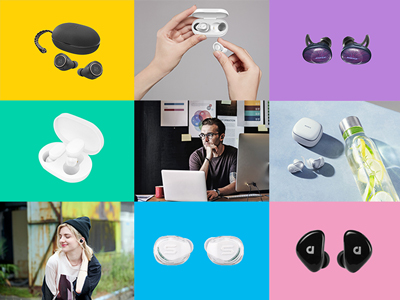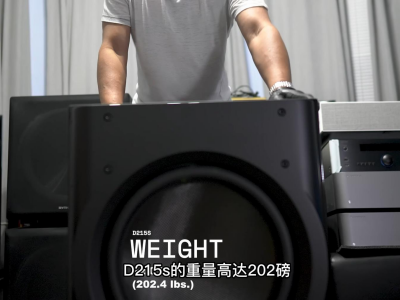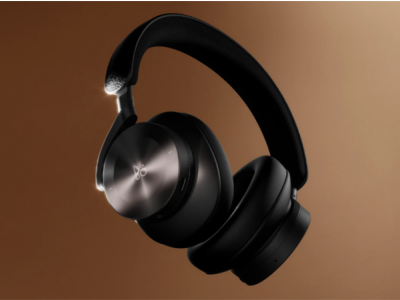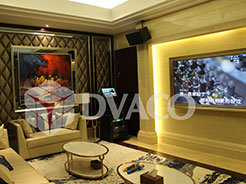
Gerry Lemay, HAA家庭声学联盟主席与THX公司声学培训讲师
Over the years many articles have been written and classes taught about proper seating position in a home theater or media room. Most talk about mystical rules of thirds or some precise fraction of the rooms length and width for proper placement. Others focus on the proper position of the listener as a point in an equilateral triangle. I’m not writing to debunk any such rules but rather to explain the science behind them and show where they tell only part of the story.
在这么多年来,许多文章与培训都有讲授关于在一个家庭影院或多媒体房间中合理的座位摆放位置的内容。大部分的内容都在讲述深奥的三分定律或者一些针对合适摆放位置的小数点后级别精度的房间长度与宽度的计算,其余则集中在将合适的座位位置定义在单个聆听者位置上,与左右主音箱形成等边三角形,属于该三角形上的其中一点。我写这篇文章的目的并不是为了揭示上述的这些推荐规范,而是解释隐藏在它们身后的科学理论以及告诉大家这只是其中一部分的方法与内容。
There are two prime factors, of many, for the proper placement of listeners. First, the ideal locations with respect to the speakers and second, the best location for smooth bass response. Both of these factors depend on the type of system and the size of the seating area. For large rooms, like commercial cinemas the directivity of the speaker, the speaker locations, and speaker pointing are critical. In small rooms, like a home theater, we face additional issues that complicate our designs. In this article, I’ll discuss how front left, center, and right (LCR) speaker placement can affect our seating layout beyond simply using the correct angular separation. Look for more articles in the future to fully cover this subject.
对于多个聆听座位的合理方式方法主要有两个主要因素。第一,关于音箱的理想安放位置;第二,为达到平滑低频效应的最佳位置。这两个因素都要依据系统的类型与座位区域的面积而定。对于大房间,如商业影院,音箱的指向性、音箱位置与音箱的定位是关键。对于小房间,如一个家庭影院,我们将面对额外的问题会让我们的设计变得复杂。在这篇文章之中,除了简单地通过正确的分离角度进行音箱放置位置调整之外,我将会讨论前置左、中、右(LCR)音箱的位置设定如何影响我们的座椅位置设计。希望在将来能够通过更多文章来全面覆盖这个主题的讨论。
The concept of separating speakers to create an angle of 45º to 60º from the perspective of the prime listener is well known. What isn’t so well know is that the speaker separation also dictates the size and shape of the “sweet spot”. Plus, the addition of a center channel goes well beyond simply adding a dialogue speaker; in fact, this is a minor role for the center channel.
将前置左右音箱到主聆听者位置的角度设置为45º到60º的扩散角度的概念,对于大家来说已经相当熟悉。但可能大家不太了解的是,前置音箱的这种分离方式同样也指出了“甜点”的大小与形状。再加上额外的一个中置声道,要注意的是它并非只是简单地为系统增加了一个用于呈现对白的扬声器,实际上这个中置音箱所负责的只是一个很小的角色而已。

Diagram 1. Two Channel Sweet Spot
图1:两个声道所营造的甜点
The True Function of the Center Speaker: The center channel has inherited the term dialogue speaker not because that is its sole purpose but rather because the movie industry jumped on the logic and convenience of porting most if not all dialogue to it. The original purpose of the center channel was to create a wider area of good focus (good imaging) for stereophonic sound. Diagram 1 shows the typical area (in green) in front of two speakers where balanced and focused stereo imaging is heard. The layout shows the left and right speakers at an approximately 60º angle. The darker green represents the space where the imaging is best centered. Depending on the directivity of the speaker (directivity being the polar dispersion) the sweet spot or sweet area is a narrow aisle of focused sound running lengthwise in the room. Speakers with a narrower directivity tend to have a narrower sweet area.
中置音箱真正的作用:中置声道作为对白音箱之用的主旨,不是因为这是它的主要用途,而是由于电影工业制作上寻求便利的目的。中置声道的最初目的是为了创造一个更加宽阔的、能获得有着更好立体声声像聚焦的区域。图1指出了由前置左右两只平衡位置放置的音箱所构成的立体声声像,见其中的绿色区域。该设计图上的左右音箱与聆听区域的夹角大约为60º,深绿色的区域为声像中置定位最优秀的聆听区域。
根据音箱的发声指向性特点(球形极性扩散的声音扩散方式),甜点或甜区是指通向房间长度方向的一条窄长的通道。如果音箱有着较强的指向性,甜区的面积将更加狭窄。
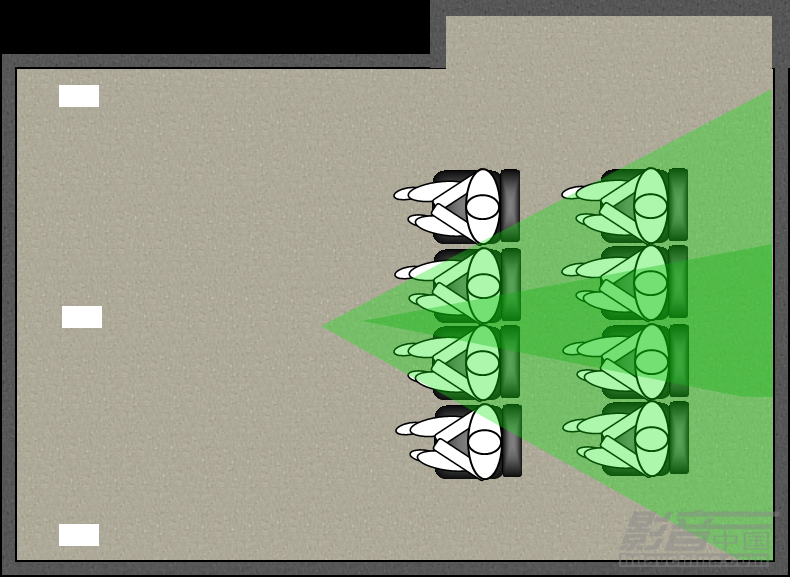
Diagram 2. Three Channel Sweet Spot
图2:三个声道所营造的甜区
Diagram 2 shows how the center channel creates a sweet triangle instead of an aisle. The advantage of this design is obvious; a much wider area of balanced focused imaging. This is ideal for home theater where the audience is often more than a single listener. You can see that this setup, while widening the good listening area, is still not sufficient to bring all the listeners into the sweet triangle. Allowance must be made for the desired seating layout with reference to the speaker separation.
图2展示的是中置声道能够如何创造一个甜区三角形而不是一个甜区窄带。这个设计的优势是显而易见的,获得了一个更大面积的均衡声像聚焦区域。这个更适合用于家庭影院设计,因为聆听者并不是单个聆听者。你能从该音箱的布置上发现,尽管扩大了声音突出的聆听区域,但是依然没有充分利用好空间,没能把所有的聆听者都设置在甜区三角形之中。而座椅位置的设定方面,在前期的设计图中就需要充分考虑将所有座椅都纳入推荐的音箱声音辐射范围之中。
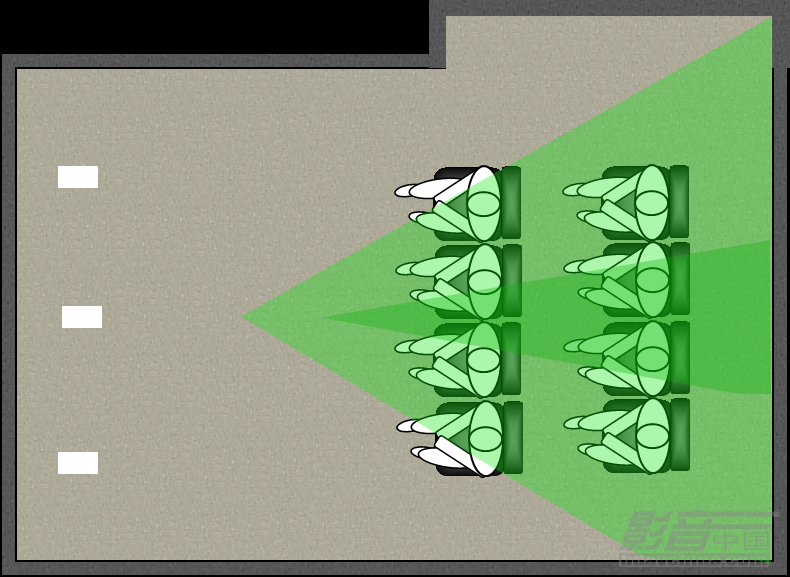
Diagram 3. Improved Three Channel Sweet Spot
图3:经过提升的三个声道所营造的甜区
Diagram 3 shows how decreasing the separation between the left and right speakers pulls the sweet triangle forward. The advantage here is full coverage of the forward seating area with balanced focused sound. The goal of the acoustical designer is to maintain the desired angular separation of the left and right speakers for accurate stereo imaging without leaving any seats out of the sweet area. The best designs preserve the correct placement of stereo images across the soundstage while keeping the extreme side seats in the good focus zone. It is possible to have side placed listeners retain a balanced soundstage but the design is always pushing the envelope of sweet triangle width versus proper left/right separation. Part of the science of the acoustical designer and the art of the acoustical calibrator is creating a solid layout that accomplishes this goal. All too often, without an understanding of this phenomenon, systems are designed strictly based upon the 45º to 60º rule compromising forward seating with an unbalanced soundstage.
图3展示的是如何通过缩减前置左右音箱之间的距离来把整个甜区三角形向前移动。这样做的好处是让前排座椅区域也能得到均衡聚焦的声音。声学设计师的目标是要尽量控制前置左右音箱与聆听位置的角度来获得准确的立体声像表现,另外还不要让任何的座椅位置离开甜区。最好的设计是既要让座椅区域能够获得游动于声场之中的立体声像,也要让座椅区域中处于边缘的位置同样处于好的聚焦区域。让边缘座椅位置的听众能够获得平衡的声场是有可能的,在设计方面的处理方法是透过平衡甜区三角形的宽度与适当的左右声道的分离度,而部分声学设计师与声学调校人员开发了一个固定的布局方式来达到这个目标。绝大部分情况下,由于缺乏对这个原理的充分理解,整个系统在设计上过于严格执行左右音箱与主聆听位置维持45º-60º夹角的规则,但却导致前排座椅没能获得一个均衡的声场。
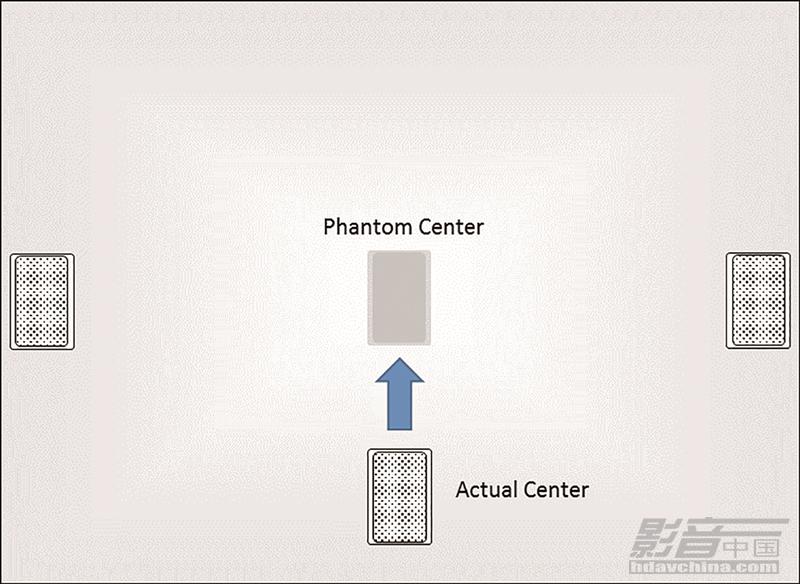
Diagram 4. Phantom vs. Actual Center Channel Placement
图4:幻象中置对比真实的中置声道放置位置
Center Channel Position is Critical: Since its introduction into the home audio market the center channel has been both relegated to be the dialogue speaker and maligned to be the destroyer of pin point stereo imaging. Neither are true. While it’s difficult to make the case without a demonstration, I will point out that most home theater demos have less than well matched center channels (perfectly matched to the left and right speakers) and almost all are improperly placed. The results noted in diagrams 2 and 3 are not possible without proper center placement or at least the positioning the center to be visible from all seats. Diagram 4 shows the perceived position of the famous phantom center channel and the common position of most center channels below a screen. Trying to duplicate the precise imaging of a two channel system with a three channel is fruitless without placing the real center where the phantom center is located. To do this we need an acoustically transparent screen, and there are many good choices. I reserve the video side of this discussion to another article.
中置声道的位置是关键:在家用音频市场中,对于中置音箱的介绍,总是将其描述为对白音箱与影响立体声点声像的破坏者。这些都不是真的。尽管在没有通过现场演示的情况很难举例说明原因,不过我必须指出大部分家庭影院的个案都并没有进行完美的中置声道匹配(中置声道完美地与左右声道匹配),其中绝大部分都没有合理地放置。在没有合理的中置音箱放置或至少让所有位置都能看到中置音箱的情况下,是不可能呈现图2与图3的结果的。图4展示的是经典的左右声道所形成的幻象中置与常见的将中置音箱放置在屏幕下方的情况。如果无法将一个真实的中置音箱放在幻象中置的位置上,则无法将两声道系统幻象中置的声像重新复制在一个前置三声道的系统之中。要达到这样的效果,我们需要采用透声幕,我们有许多很好的选择。对于视频部分的讨论,我将会放到另外一篇文章。
In summary, there is more than meets the eye when it comes to proper seating placement. In my next article I’ll discuss how room modes further complicate the best seating locations. Complicated perhaps, but there’s always good solutions if you understand the principles.
综上所述,当我们讨论合理的座椅位置的时候,涉及的内容将比我们所想到的更多。在我的下一篇文章,我将讨论到房间共振模式让最佳座椅位置变得更加复杂。尽管复杂化,但是如果你能充分理解它的原理,总是能够找到好的解决方法。
(技术翻译:李玮盛)




